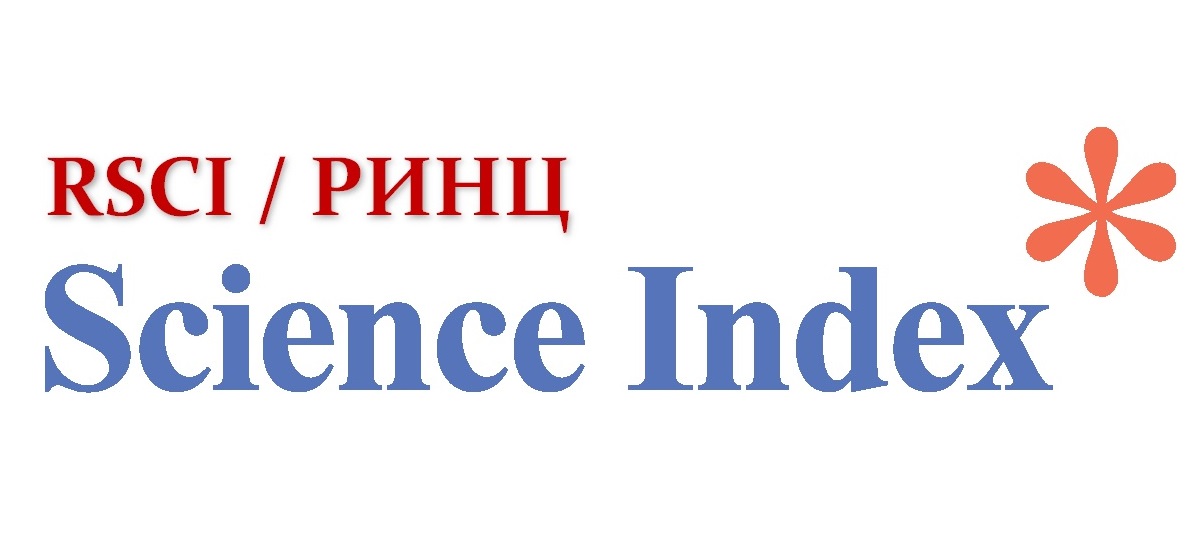Project Team Motivation Management in Agile methodology
Views: 294 / PDF downloads: 193
DOI:
https://doi.org/10.32523/2789-4320-2024-3-209-226Keywords:
motivation of the project team, APM, agile, flexible methodology, morale, project managementAbstract
This article discusses team motivation management within the framework of the Agile methodology, as well as analyzes the latest results of Agile status reports. Agile has gained significant popularity in modern project management due to its flexibility and adaptability, the success of Agile projects largely depends on the motivation and involvement of team members. However, maintaining a high level of motivation for project teams is a serious challenge, given the dynamic nature of agile projects. This study examines the impact of agile methodologies on the motivation of the project team, as well as the challenges of managing team motivation in a flexible environment. The methodology is based on information from qualitative and quantitative data sources to ensure a comprehensive review of the motivation of the team. Based on findings from Agile status reports and existing literature, this article offers evidence-based recommendations for project managers and organization leaders to increase the motivation of the project team. With a comprehensive understanding of the state of agile practices and motivation dynamics, organizations can effectively cope with the complexities of agile project management and develop a culture of sustainable motivation in their project teams.
Downloads
Downloads
Published
How to Cite
Issue
Section
License
Copyright (c) 2024 А. Тюлькубаева, Г. Нурсейтова, Е. Кошенов.

This work is licensed under a Creative Commons Attribution-NonCommercial 4.0 International License.






